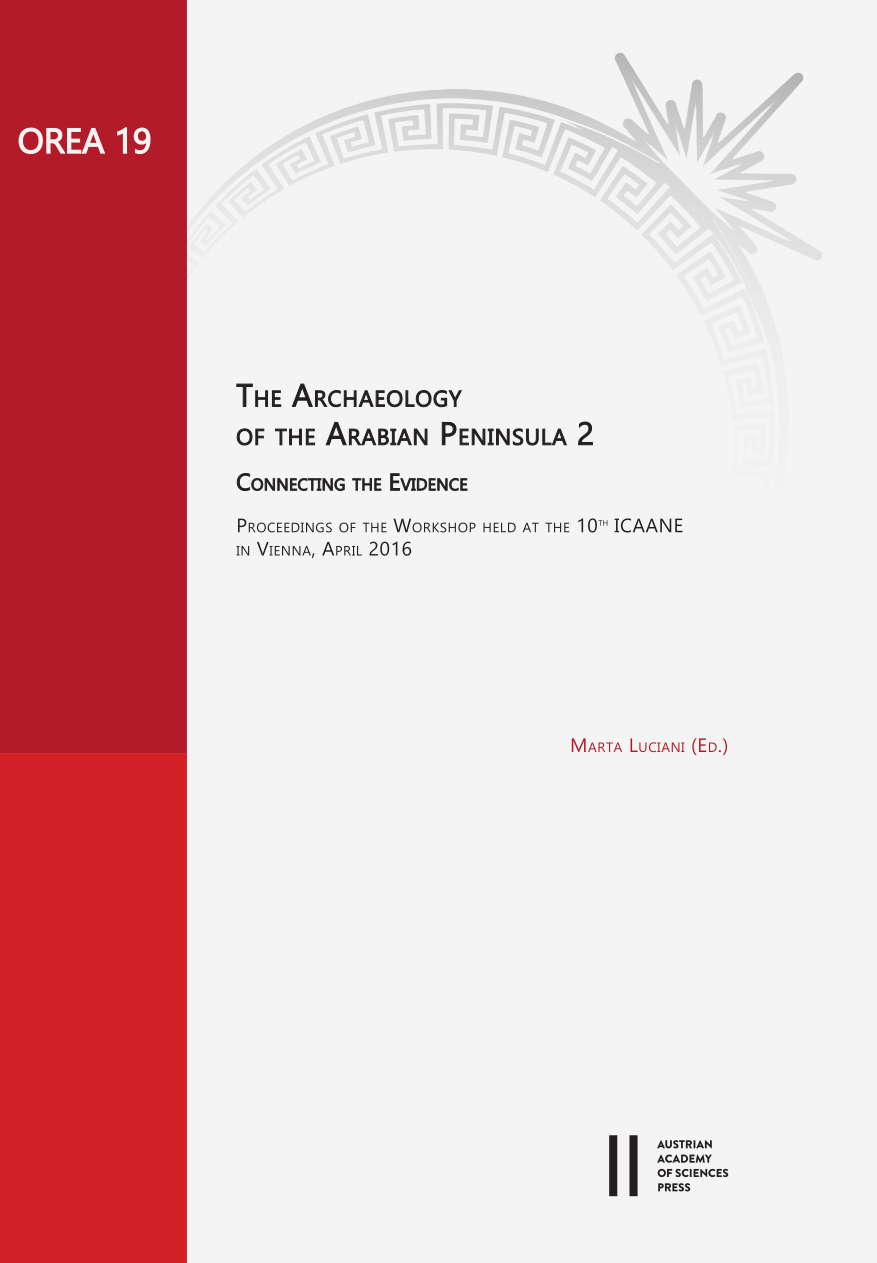
The Archaeology of the Arabian Peninsula 2, pp. 215-236, 2021/12/20
Connecting the Evidence. Proceedings of the International Workshop held at the 10th International Congress on the Archaeology of the Ancient Near East in Vienna on April 25, 2016
This paper will discuss the most distinctive features of the economic production sites in the Islamic period(from 7th to 10th century CE) in southern Arabia, based on the current discoveries at the al-Baha mining sites particularlyin Asham, south-west of Saudi Arabia. In addition, it will show the level of development of mining tools and methodsthat have contributed to the development of the economy during the previously mentioned periods. We assume thatthese sites played a commercial role in Arabia, particularly those sites located along the trade routes, which contributedto the provision of essential commodities for the export of mineral ores and import of other goods. These mining siteswere core economic cities that stimulated (and were regulated by) the economy of the Islamic state from its inception tothe late Abbasid era. The importance of this paper lies in presenting the characteristics and mechanisms of the mininglandscape by analysing the mining activities taking place at the mining settlement of Asham, which was the mostfamous mining settlement located in the SW of Arabia. The survey and excavated evidence of these mining settlementsconfirms that Arabia played an important and vital role in developing and enhancing the mining activities in the broaderArab-Islamic world during the 7th to 10th centuries CE.
Keywords: al-Baha; mining landscape; mineral ores; copper; gold; Islamic period